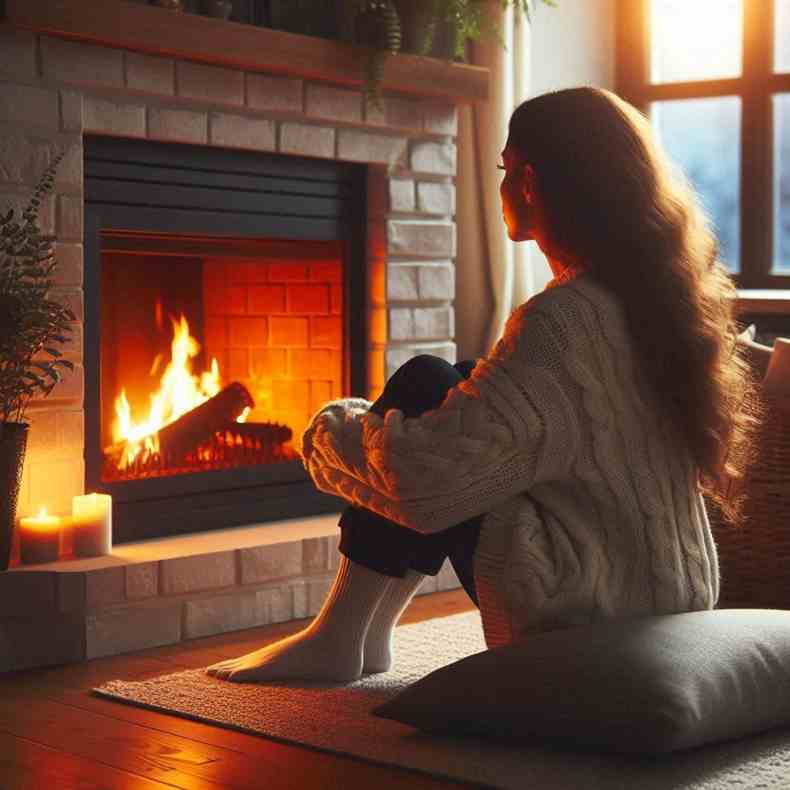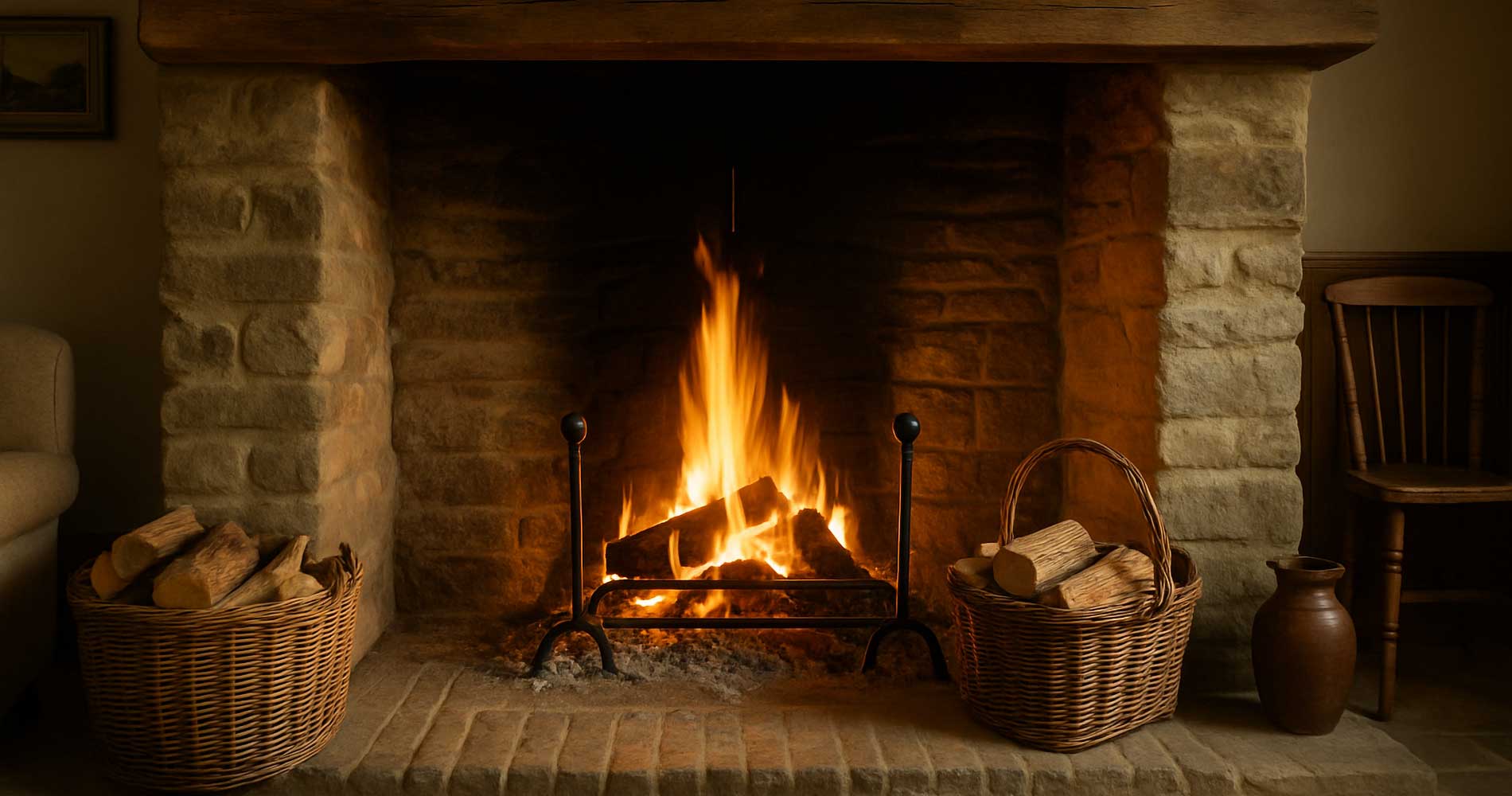When the Flame Fizzles Out
There's nothing quite like the quick flick of a switch, the quiet whoosh, and then—bam!—a warm glow filling the room. Until, of course, nothing happens. No whoosh. No glow. Just you, a cold living room, and a confused stare at the fireplace.
Don’t panic. Gas fireplaces are wonderful inventions—reliable, clean, and convenient—but now and again, they do throw a bit of a sulk. Let’s walk through some of the most common reasons yours might be acting up, and what you can do to get it roaring again.
Start with the Basics
Before diving into wires and valves, let’s check the obvious. You’d be surprised how often it’s the simplest thing.
- Is the gas supply on? Sounds silly, but it’s easy to forget if you’ve been away or done some recent renovations.
- Is the power on? Many fireplaces need electricity to operate. No power = no flame.
- Is the remote or wall switch working? Try replacing batteries or flipping the switch a few times to be sure.
Still no joy? No worries—we’re just getting started.
Pilot Light Won’t Stay Lit
This is probably the most common hiccup, especially after the fireplace has sat unused for a while.
- Dirty thermocouple: This is the little safety sensor that tells the gas valve to stay open. If it’s covered in soot or grime, it may cut off the gas. A gentle clean with fine sandpaper can often do the trick.
- Misaligned pilot flame: The flame needs to properly hit the thermocouple. If it’s weak or off-target, the sensor won’t register it. A pro can realign or adjust it safely.
- Worn-out thermocouple or thermopile: If cleaning doesn’t help, the part may simply be done for. Time for a replacement.
A pilot light that refuses to cooperate is frustrating, but it’s usually fixable without too much drama.
Main Burner Doesn’t Ignite
So, your pilot light is on—but the big show’s not happening. What now?
- Check your thermostat: Set it higher than room temperature and make sure it’s functioning. Some fireplaces won’t start if the thermostat is off or faulty.
- Valve issues: The gas control valve might not be opening properly. Could be a wiring issue, or the valve itself may be worn.
- Obstructions: Dust, pet hair, or cobwebs (yes, really) can block burners. Gently clean with a soft brush or vacuum nozzle.
If you're smelling gas without ignition, turn everything off and call a professional immediately. Better safe than, well, explosive.
Fireplace Starts Then Shuts Off
It lights up, gives you hope… then fizzles out. Teasing, isn’t it?
- Faulty thermopile: This component creates voltage from heat. If it can’t hold enough power, the gas valve shuts.
- Drafts: Strong airflow, especially from modern ventilation systems or open windows, can blow the flame out.
- Dirty or misaligned flame sensor: Just like with the pilot, a good clean or adjustment may bring things back to life.
If it keeps shutting off mid-use, it’s often a safety feature trying to tell you something. Listen to it—and investigate further.
Strange Smells or Noises
Hear a bang? Smell something odd? That’s not just the fireplace getting moody—there’s usually a reason.
- Clicking or banging: This can be caused by expanding metal as the unit heats. If it’s loud or constant, something may be loose or improperly installed.
- Gas smell: Stop. Turn off the gas, open windows, and do not light anything. Ring your gas provider or emergency services straight away.
- Burnt dust smell: Common after a long summer break. It usually clears after a few uses—but you can help by vacuuming the inside first.
Trust your senses. If something feels off, it probably is.

Remote or Wall Switch Isn’t Working
If you’ve got a snazzy setup with remotes, smart controls, or wall switches, they can throw a wobbly too.
- Battery check: First port of call. Even the receiver inside the fireplace may have its own battery.
- Signal interference: Wi-Fi signals, other remotes, or distance can block or delay commands.
- Loose wiring: Inside the switch or receiver unit, things can get jostled. If you're comfortable with DIY, take a peek—otherwise, leave it to the pros.
And if your remote has suddenly developed a mind of its own? Try resetting the system. Switch it off and on again—yes, even with fireplaces, that sometimes works!
Maintenance Tips to Prevent Future Fuss
Prevention’s always better than repair, right? Keep your gas fireplace in tip-top shape with a few simple habits.
- Annual servicing: A certified technician should give your system a once-over every year—check for leaks, clean components, and test safety features.
- Keep it clean: Dust the unit regularly, especially the vents, pilot light, and burners.
- Check for obstructions: Pets, decorations, and furniture should be kept well away from the fireplace for airflow and safety.
- Know your model: Keep the manual handy. It’ll tell you what’s normal—and what isn’t.
A little care goes a long way. Your fireplace will reward you with loyal, glowing warmth.
When to Call the Pros
If you’ve cleaned, checked, reset, and pleaded—but the fire still won’t behave—it's time to call a professional. Especially if:
- You smell gas or hear hissing
- The pilot light won’t stay on despite proper cleaning
- The unit shuts off randomly with no clear reason
- You’re unsure about what you’re seeing or hearing
Gas appliances are amazing, but they aren’t toys. If in doubt? Don’t guess—get help.
Final Thoughts: Fire That Behaves
A gas fireplace is one of those modern miracles—instant heat, flickering ambience, and no log-splitting required. But like anything mechanical, things can go wonky from time to time.
You’re in a great spot to sort the simple stuff, spot the serious issues, and keep your fireplace humming (or crackling) safely. After all, home should be warm—and a bit of firelight never hurts. But remember, gas or carbon monoxide can kill; if in any doubt call in the experts.
Here's to fixing that flame and getting back to the good bit: a blanket, a cuppa, and a fire that actually turns on when you ask it to.
